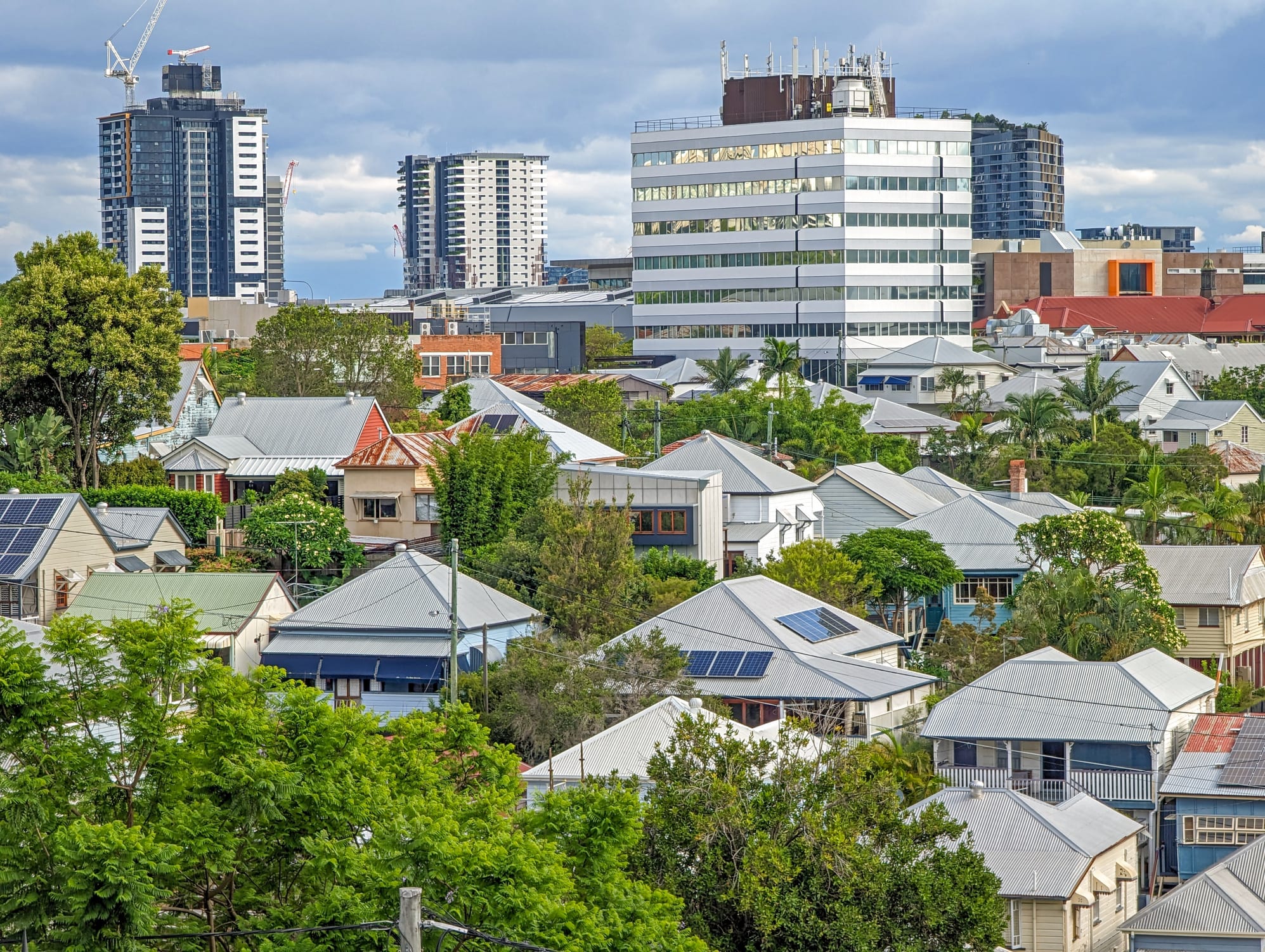
Property prices have kept rising across the country this year, though the rate of growth has now slowed from the faster pace seen earlier in the year.
Poor affordability, a surge in stock for sale and the sustained higher interest rate environment have combined to slow down price growth.
Meanwhile rental prices have also risen, though tough conditions have begun to ease with vacancies lifting and the pace of rental price growth slowing.
Reshuffled rankings of capitals
National home prices have grown every month of the year so far, remaining resilient to the sustained higher interest rate environment. However, performance has diverged significantly across the country.
Perth (up 18.74%), Adelaide (up 14.64%) and Brisbane (up 12.56% ) were the strongest capital city markets for annual growth in the past year.
On the other hand, Melbourne prices have fallen for seven of the past eight months, with prices down 1.63% in the past year.
As a result of the divergent conditions and regional disparities in price growth the rankings of Australia’s most expensive cities have changed.
Melbourne is now the fifth most expensive, dropping back from third place earlier in the year.
Meanwhile, Brisbane has climbed the ranks and is now ahead of both Melbourne and Canberra as the second most expensive after Sydney.
Part of the resilience in the housing market has been the strength in housing demand.
Population growth
Strong housing demand has been bolstered by strong population growth which has continued in 2024.
However, the pace of growth has begun to slow with net migration to Australia remaining elevated, but below the record high levels seen in 2023.
Smaller household sizes, tight rental markets, resilient labour market conditions, and wages growth have also played a part in bolstering housing demand.
Meanwhile, home equity gains of recent years have incentivised upgrade activity.
Building activity
While the strength in housing demand has been one factor, supply has been another.
Due to industry challenges like higher build costs and labour shortages, the supply side of the housing market has been unable to respond to the strength in demand, exacerbating a pre-existing chronic shortage of housing.
As a result, completions per capita are at historic low levels and the supply shortages have underpinned home prices in the two and a half years since interest rates began to rise.
Construction capacity constraints have continued in 2024, and most markets have completed fewer new homes than expected.
Approvals uptrend
The good news is building approvals are moving in the right direction.
Total dwelling approvals rose 4.4% in October to the second highest level in two years and are up 6.1% year-on-year – ending an almost two-and-a-half-year stint of annual declines – despite remaining below long run average levels.
Although the attrition rate between approval and commencement/completion remains higher than has historically been the case, the uptrend in approvals signals glimmers of recovery off a decade-low base.
Further, state and federal governments are focussing on solutions to the housing crisis in a bid to aid rightsizing housing supply and are addressing the barriers hindering home building from approval to completion.
Rental market
Conditions in the rental market have also begun to improve in 2024 and the pace of rental price growth has slowed through the year, and vacancies have eased.
The lift in investor activity seen through 2024 has supported a rise in rental listings which has which has led to more available rental properties and helped ease tough conditions.
Rental affordability constraints, larger household sizes among renters and slowing net migration and student arrivals have also helped ease demand pressures.
This tapering in demand, coupled with a boost in rental supply has contributed to more stable conditions in the rental market and the slowing in rental price growth.
Although rental market conditions have stabilised with the uplift in vacancy rates over the year, rental markets are still tight, and many will remain extremely challenged by poor rental affordability after the significant rental price increase of recent years.
Stock for sale increases
Not only have rental listings shifted this year, but trends in for sale listings have also been markedly different in 2024.
Capital city buyers have been spoilt for choice with the surge in new listing volumes through spring.
Along with affordability constraints and the sustained higher interest rate environment, price growth has levelled out, but prices are still at record levels in most capital city markets.
Price growth slows
After 23 months of gains, home price growth is losing steam.
The uplift in the number of properties listed for sale in recent months has moderated the strong start to the year and has been a key contributor to the slowing of price growth.
Year to date home price growth in Sydney (4.3%) has almost halved compared with the previous year to date (8.0%) as the balance of power has flipped to buyers in the latter half of 2024.
All capital city markets except Melbourne, Darwin and Canberra have recorded a slowing in price growth over the past quarter.
Purchasing activity
Although price growth has slowed, buyers have been active and national sales volumes in the 48 weeks of 2024 to date have well outpaced (+9.3%) the same period to date in 2023.
However, as momentum has slowed sales volumes have levelled off and nationally preliminary sales volumes in November were just 3.3% higher than in November 2023.
Inflation lower
Meanwhile, inflation has continued to move lower in 2024 but not by enough to change the RBA’s stance on policy. Conditions warranting rate cuts are unlikely to arise by the first quarter of 2025, with the most likely timing being May 2025.
As a result, the pace of home growth is expected to continue to moderate, though is likely to remain positive despite the loss of momentum in housing conditions toward the end of the year setting the scene for a tepid start to 2025.
Once interest rates begin to fall next year, affordability will ease slightly, bolstering confidence and fuelling activity among potential buyers.
As interest rates move lower toward the second half of 2025, rebooting demand, prices are likely to regain traction supported by a more favourable outlook on inflation and interest rates boosting sentiment.







